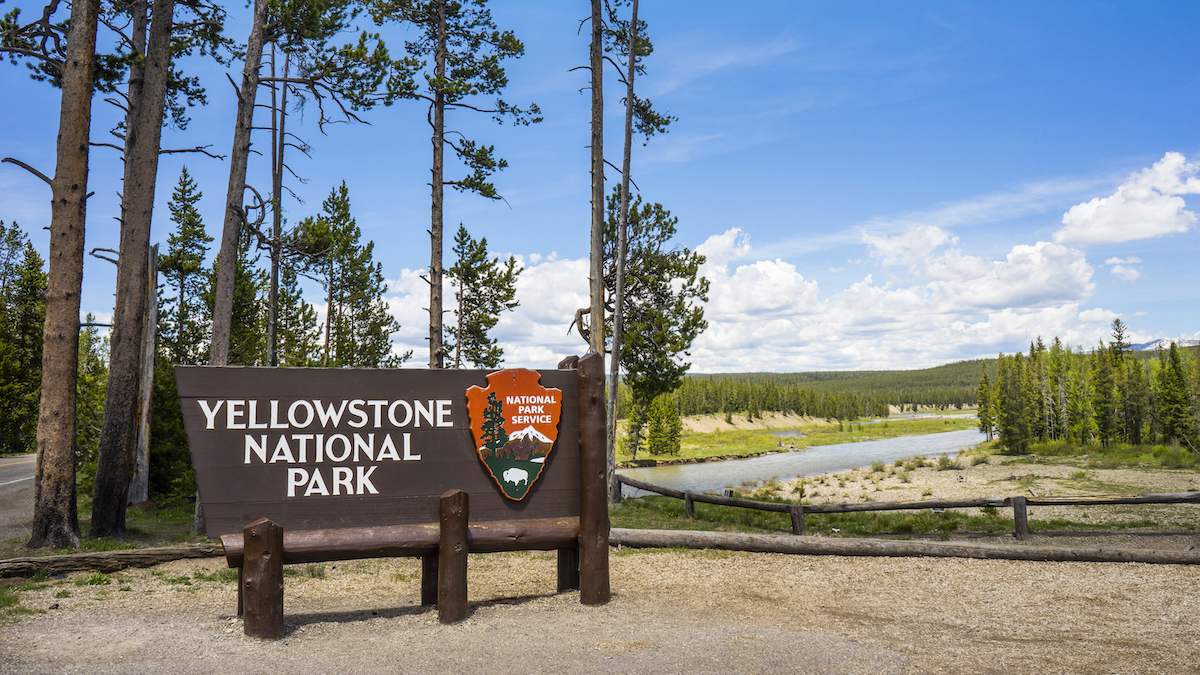

Yellowstone National Park is one of the most popular and iconic parks in the world. While everyone knows it’s the original national park, home of Old Faithful, and that it attracts “tourons” like no other, here are five things you didn’t know about Yellowstone.
Videos by Outdoors with Bear Grylls
5. Yellowstone Is a Supervolcano
If you saw the 2009 film 2012 or listened to the Joe Rogan Experience, you already know this factoid. If you haven’t or you don’t, beneath the surface of Yellowstone’s landscape is a supervolcano the size of Rhode Island. Scientists predict that whenever it erupts, it’ll destroy the entire North American continent and lead to a global catastrophe.
According to the U.S. Geological Survey, when it erupts, the states surrounding Yellowstone — Montana, Idaho, and Wyoming — will be obliterated by pyroclastic flows while the rest of the continent and other parts of the world will be covered with volcanic ash, which will destroy most living things.
Researchers say evidence suggests that the Yellowstone supervolcano has erupted three times in the past 2.08 million years, which breaks down to once every 725,000 years. Fortunately — or unfortunately, depending on how sadistic you are — we have another 100,000 years to go before the next eruption.
4. Some Hot Springs Are So Acidic They Can Dissolve a Human Body in a Day
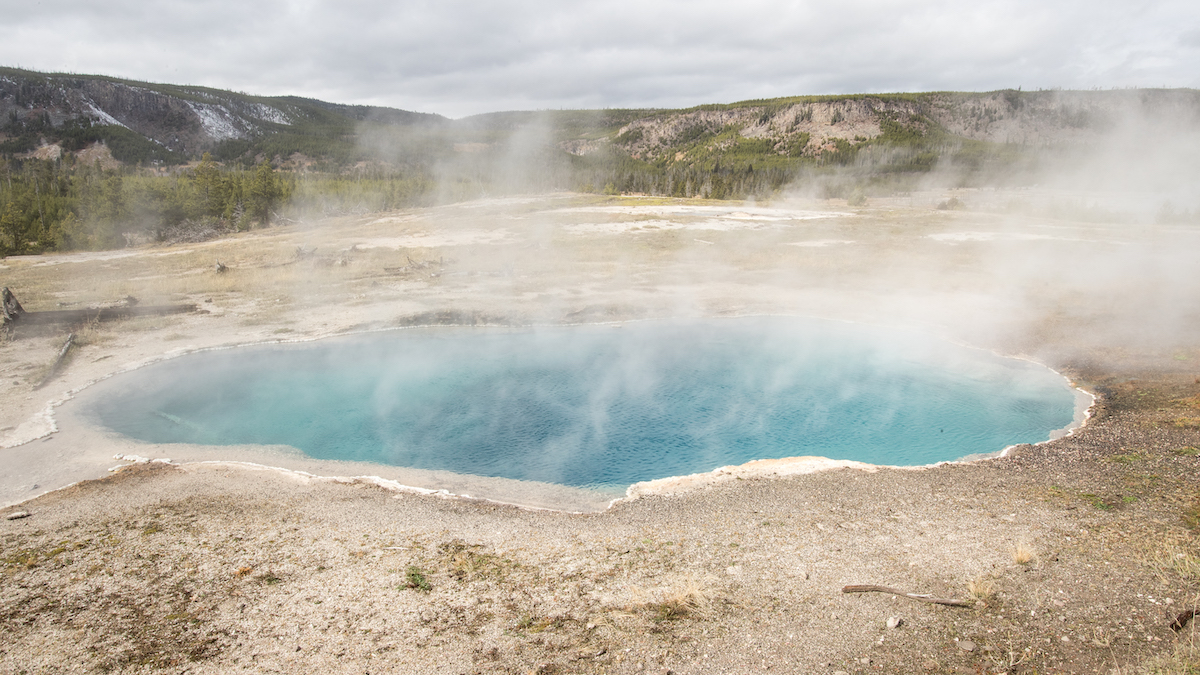
More than 150 years ago, Yellowstone was set aside as the world’s first national park because of its hydrothermal activity. Within the park, you’ll find more than 10,000 hydrothermal features and over 500 active geysers. While these are amazing wonders, park officials strongly urge you to stay away from them.
The reason is every so often a visitor is either injured or killed by the hot springs. In 2016, for instance, a visitor reportedly tried to dip his finger into the water, but instead, he slipped and fell in. He was found floating in the spring, but rescuers were unable to grab him because of thunderstorms. When they returned the next day, his body had completely dissolved. And last year, another man reportedly fell into a hot spring and rescuers were only able to find a foot.
The reason some of the hot springs are so acidic, according to the American Chemistry Society, is that the geological activity beneath the surface of the park superheats rainwater. As the water percolates deep underground, it can pick up a variety of volcano-related chemicals, such as hydrogen sulfide, which gets converted into sulfuric acid by heat-tolerant microbes when it reaches the surface.
If the acidity doesn’t melt your skin off, the water’s boiling temperature might. Therefore, every expert and park official will tell you to follow the rules when you visit thermal areas. Just last month, they cited a person who burned himself because he violated the rules.
3. It’s Home to the Largest Concentration of Mammals in the Lower 48

With 67 different mammals living in Yellowstone, the park is home to the largest concentration of mammals in the lower 48 states, and it’s notable for its predator-prey complex of large mammals. Yellowstone is not only home to more than 1,000 grizzly bears but also more than 100 gray wolves, as well as other carnivores, like wolverines, lynx, coyotes, and mountain lions. In terms of hoofed animals, the park contains bighorn sheep, bison, elk, moose, mountain goats, mule deer, pronghorn, and white-tailed deer.
2. Bison Have Lived in Yellowstone Continuously Since Prehistoric Times
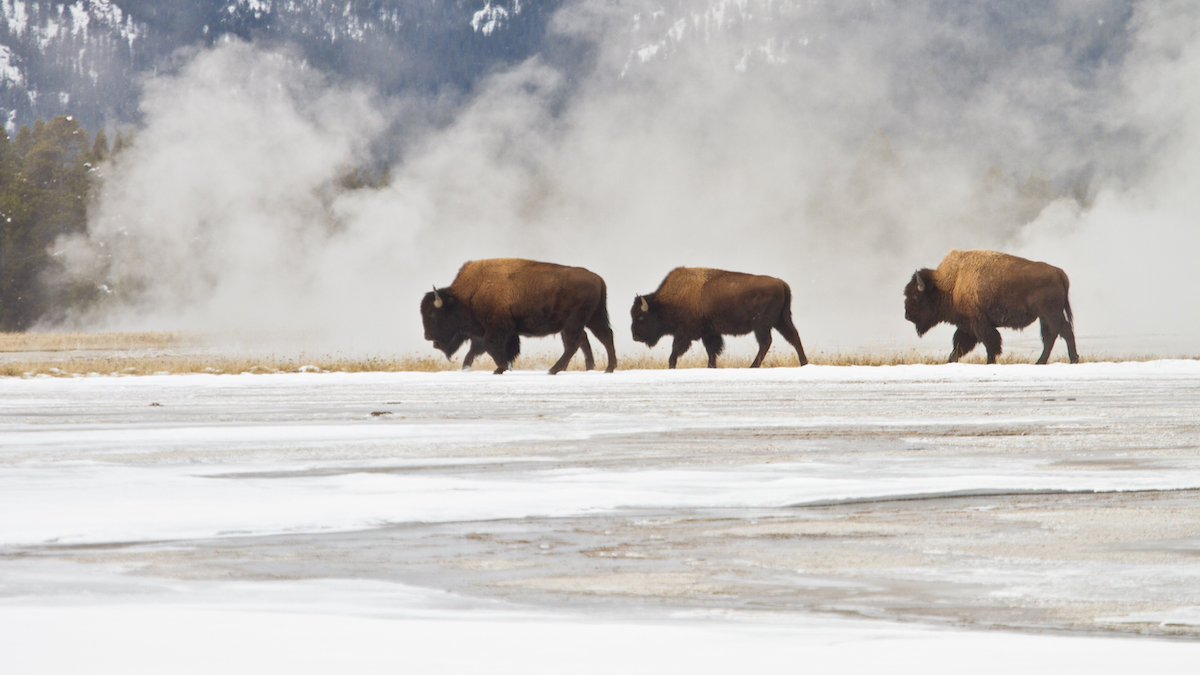
While there’s lots of wildlife inside of Yellowstone, they’re not always easy to see — except for the bison. In a video, Park Ranger Beth Taylor said: “It’s hard to see a bear. You’re pretty fortunate to see a wolf. But you’re fairly guaranteed to see a bison. It would be a rare visit to Yellowstone to come and spend a day in the park and not see a bison.”
Unlike in other areas around the country, the bison herd in Yellowstone – some 5,900 animals total — are not bound by fences, so they’re able to roam the lands freely. That’s remarkable for multiple reasons. Just a century ago, bison were hunted to near extinction. Also, because the large population and the expansive landscape, these iconic mammals continue to exhibit wild behavior like their ancient ancestors.
1. It Contains a Legal Loophole for Murder
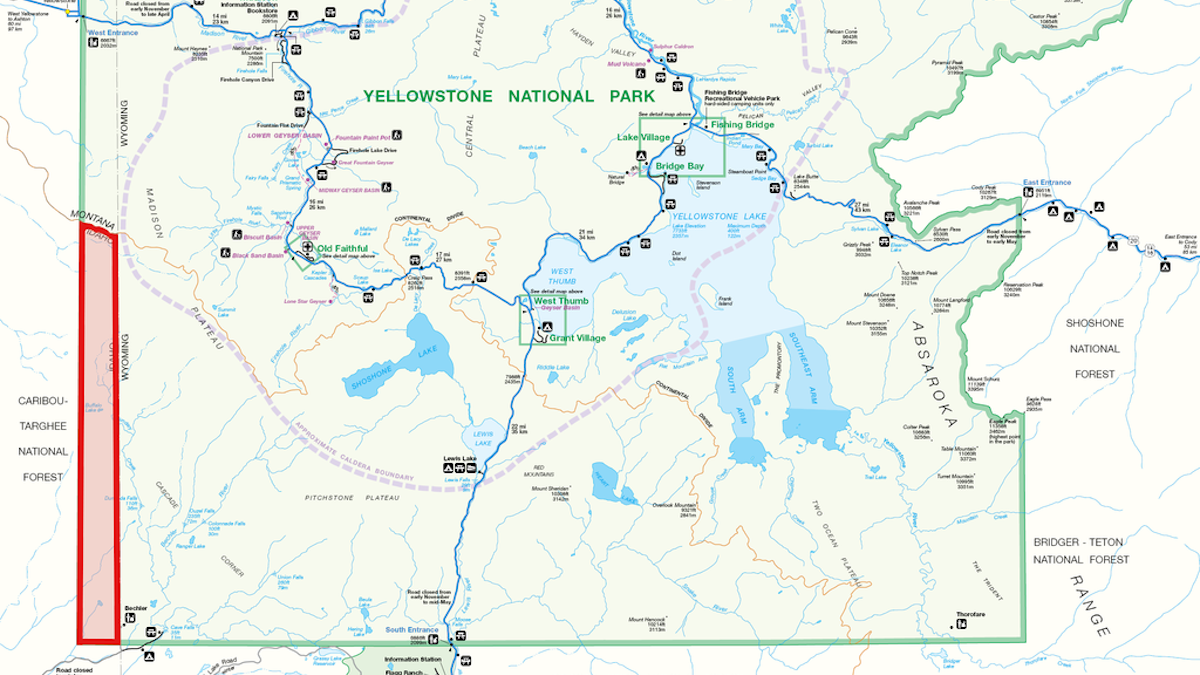
Yellowstone National Park spans three states. While the majority of the park rests in Wyoming, about 3% is in Montana, and the remaining 1% is in Idaho, but it’s that 1% that’s most interesting from a legal standpoint.
In that 50-square mile section of Yellowstone, there’s a legal loophole that theoretically makes it unconstitutional to convict a person of a misdemeanor or felony, which means you can get away with any crime, including murder, as long as you do it in the “Zone of Death” as it’s called.
The argument is this: convicting someone of a crime in that area could violate the Sixth Amendment, which is the right to a speedy trial by “an impartial jury of the State and district wherein the crime shall have been committed.”
The logic behind the theory, according to constitutional law professor Brian C. Kalt, is that the federal government has exclusive jurisdiction over national parks, but Yellowstone spans three states and the area that dips into Idaho is uninhabited. Therefore, the government cannot impanel a jury of residents who reside in both the state and district because they don’t exist in that small sliver of Idaho.
Obviously, we do not recommend committing crimes in Yellowstone (or anywhere).
Read more facts about the National Parks:
- Great Smoky Mountain National Park
- Rocky Mountain National Park
- Isle Royale National Park
- Big Bend National Park
- Zion National Park
- Voyageurs National Park
- Glacier National Park
- Joshua Tree National Park
- Grand Canyon National Park
- Dry Tortugas National Park
- Yosemite National Park
- Arches National Park
- Olympic National Park
- Cuyahoga National Park



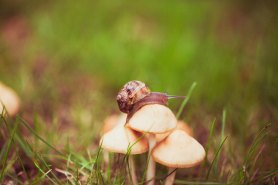
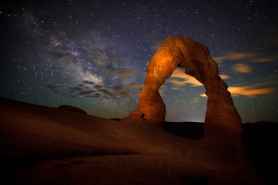
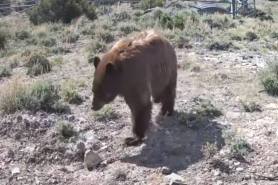

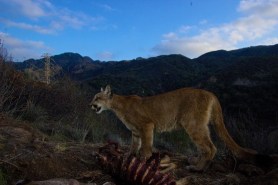
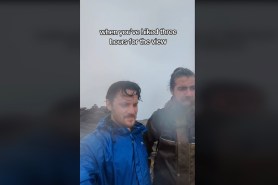

Love the park both for itsprofusion of animals and natural beauty. I’ve been there five or six times thoroughly enjoying all trips. I’ve observed bears and wolfs in open fields Buffalo blocking roads at their pleasure and ELK protecting their herd. I’ve been very lucky to observe and respect all these animals and more. Thank you for protecting the beauty of this place for our enjoyment and learning.
Pingback: Wildlife Photographer Captures Confrontation Between Two Wolf Packs in Yellowstone
Pingback: Watch a Pack of Wolves Go to Previous Trustworthy in Yellowstone Nationwide Park - Best Selling Products
Pingback: WATCH: Playful Wolf Just Wants a Teeny Bite of a Grizzly’s Meal - Senderismo Total
Pingback: One Dead, One Injured After Shootout at Yellowstone National Park - Senderismo Total